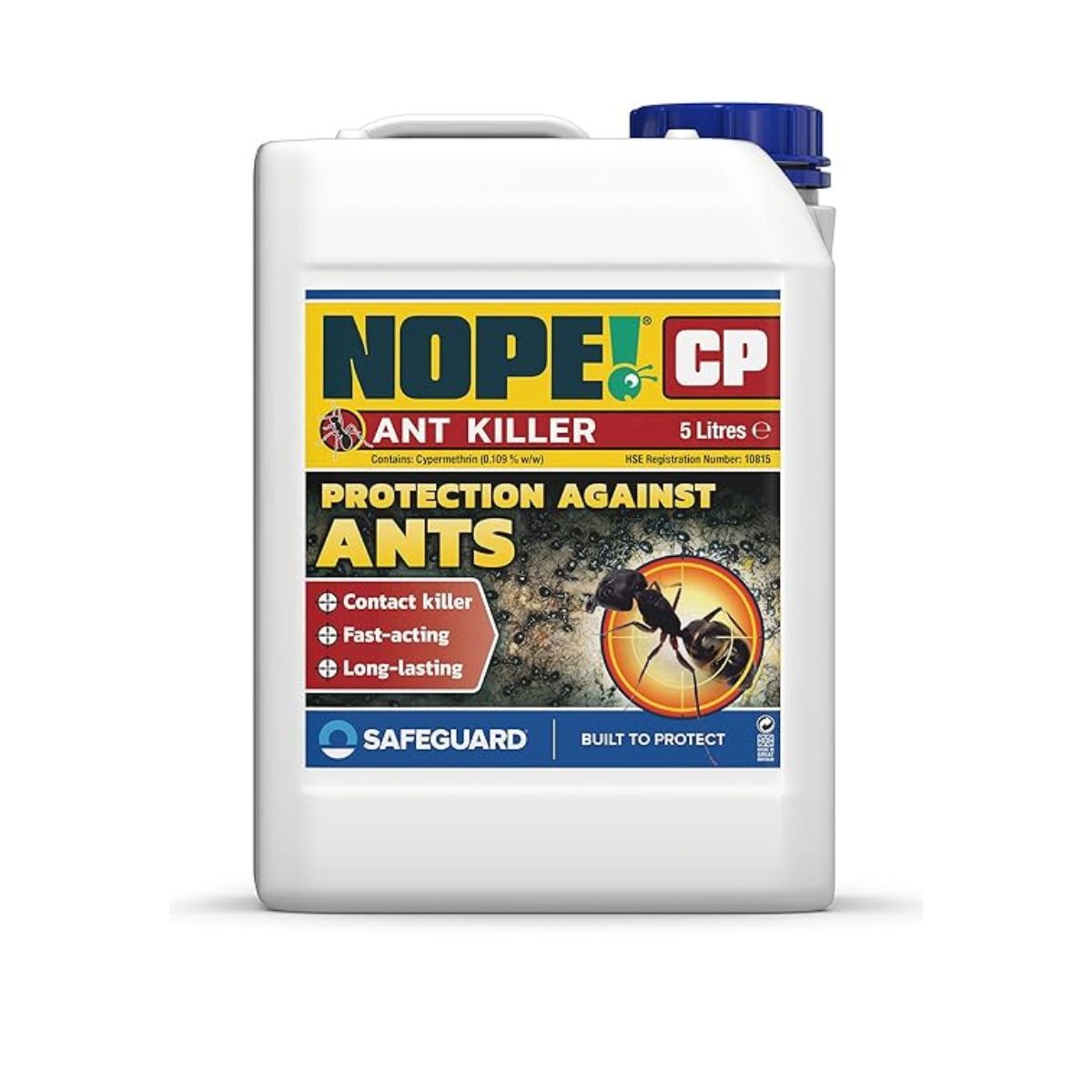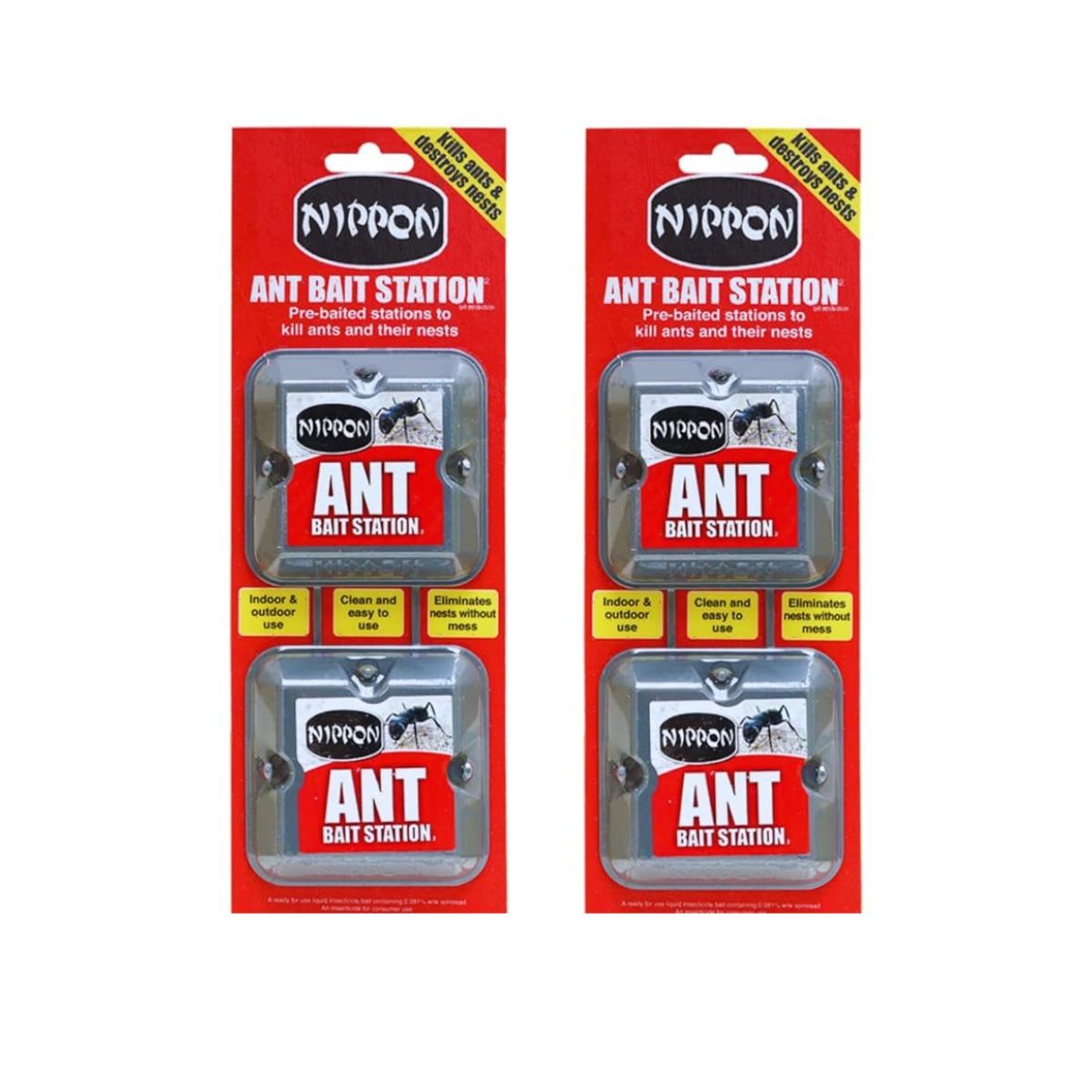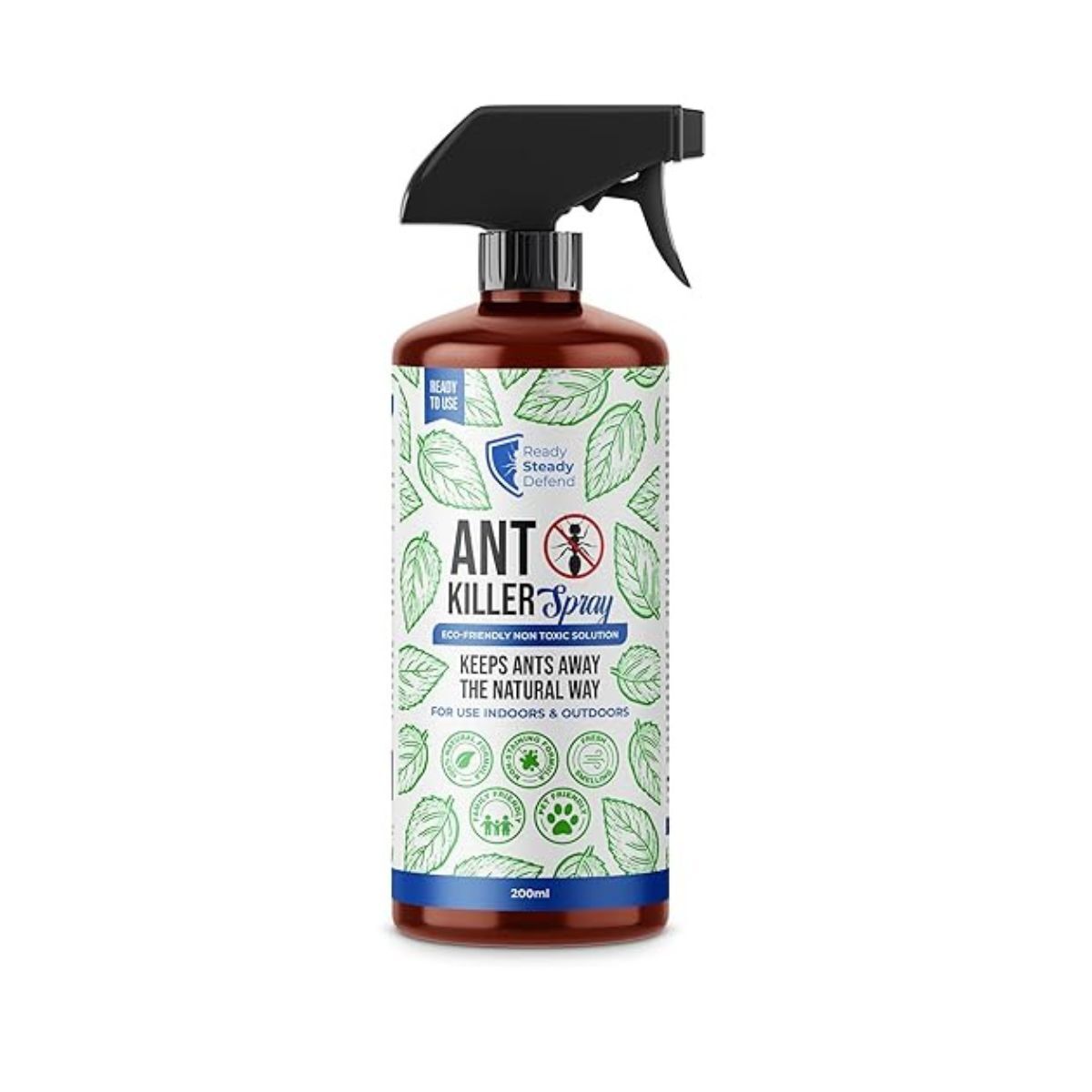Invasive Asian needle ants are spreading fast, and their painful stings are particularly savage – an expert entomologist reveals how to stop them ruining your summer plans
The Asian needle ant is an invasive species that has widely established itself in the eastern US in recent years - here's what you need to know

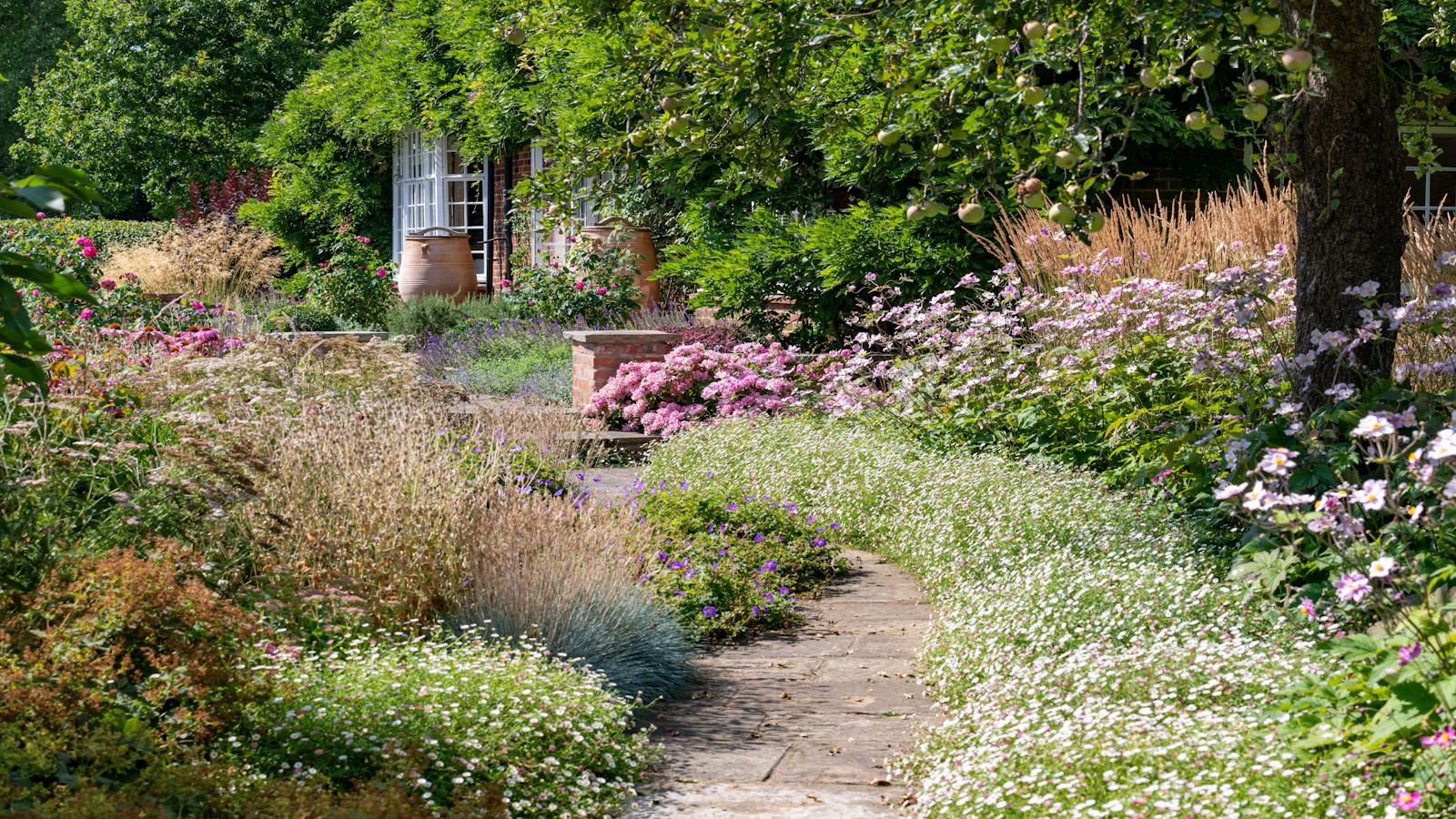
The Asian needle ant (Brachyponera chinensis) is a highly invasive ant species with hidden habitats and intense stings. These ants are among the most widespread invasive species worldwide, and they're spreading fast.
What makes these insects particularly loathsome is that their sting is both acutely painful and in many cases, dangerous. Knowing how to get rid of ants outdoors might not equip you with all the arsenal you will need to tackle Asian needle ants, since they are particularly difficult to get shot of.
Here, we speak to one expert entomologist to find out more about Asian needle ants and precisely what homeowners can do to protect their outdoor spaces from being overrun with these plaguing little pests.
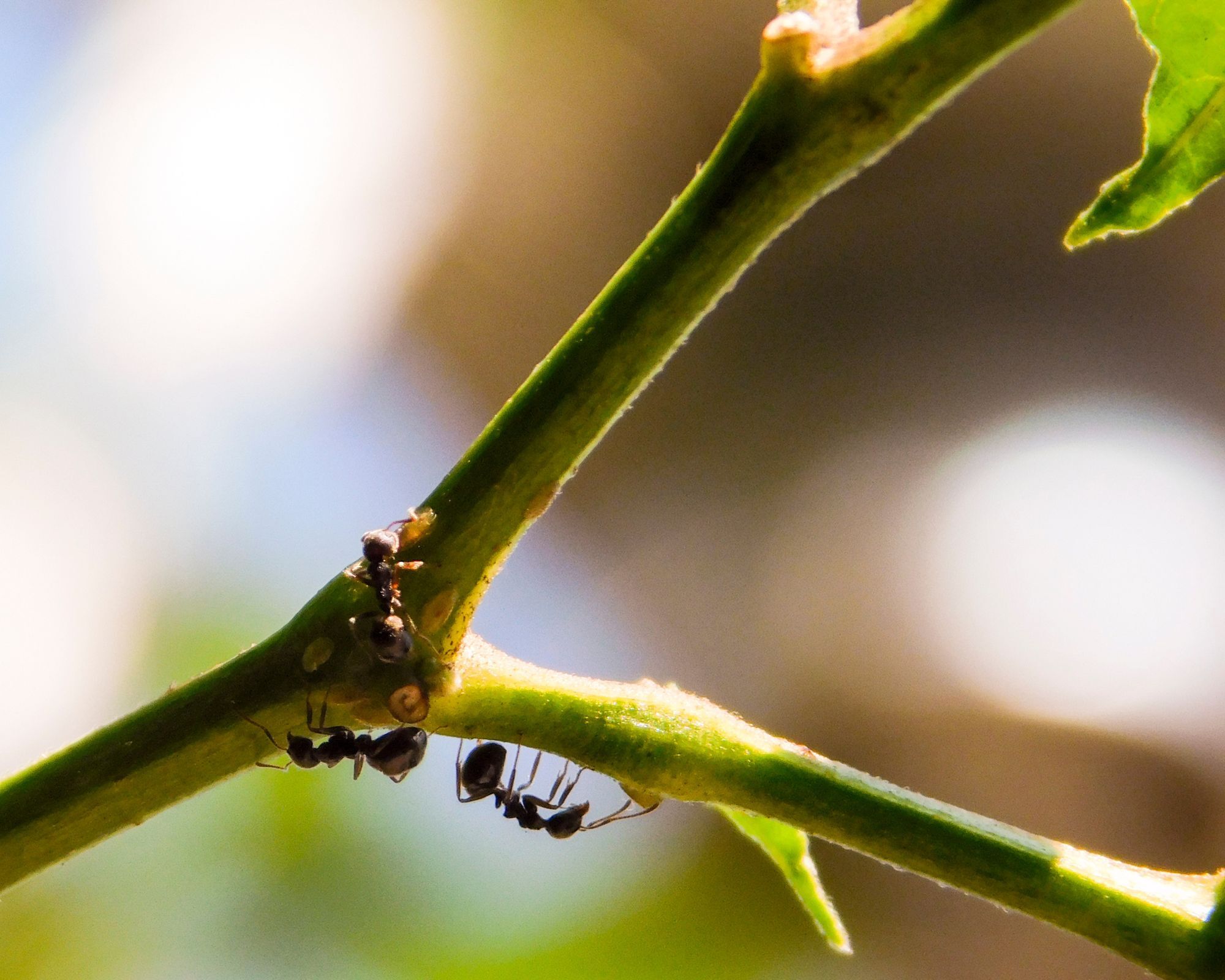
Asian needle ants are known for their painful sting
What is an Asian needle ant, and why are they spreading?
'The Asian needle ant is an invasive ant species that has widely established itself in the eastern US in recent years. Native to areas of China, Japan, and Korea, these ants went relatively unnoticed since their introduction in the 1930s. In recent years, however, these ants have become highlighted pests due to their hidden habitats and their intense stings.' explains entomologist Emma Grace Crumbley from Mosquito Squad Plus.
'As global climates change, these ants are now finding new areas with weather and temperatures suitable for their colony's needs. Asian needle ants thrive in temperate regions, where moist, shaded areas are abundant. With changing weather patterns throughout the US, more places are becoming suitable for Asian needle ants to establish themselves.'
'These ants are also good at displacing native ants and termites in the areas they infest. Not only does this help the Asian needle ants spread, but it also decreases native biodiversity of ant species that help maintain environmental order in their ecosystems.'
'Currently, 20 states across the US, many of which are located in the Eastern US, report having Asian needle ants.'
Design expertise in your inbox – from inspiring decorating ideas and beautiful celebrity homes to practical gardening advice and shopping round-ups.
What threats do Asian needle ants pose?

'One of the biggest concerns of this invasive ant species is their intense sting. Though not the most painful sting documented, its immediate pain would register as a 1.5 on the Schmidt Pain Index (the entomological scale for insect bites and stings). However, the medical concerns associated with this ant stem from the aftermath of its sting,' explains Emma.
'Anaphylaxis, the intense and at times life-threatening allergic reaction, is commonly associated with this ant's sting. Anaphylaxis can manifest in many ways, from mild symptoms such as a throbbing pain at the sting site or itchy, swollen hives, to severe symptoms including fever, nausea, airway constriction, or trouble breathing.'
How to identify them and stop them spreading

Asian Needle Ants often live under rocks or cracks in paving
'Asian needle ants can be easily mistaken for native garden ants, though they have a few distinctive features,' says Emma.
'Asian needle ants have shiny black or dark brown bodies, with antennae and legs that have orange or light brown tips. Foraging worker ants are usually 1/5 inch long, approximately the size of a pencil eraser, and have elongated and pointed abdomens. Even still, it's easy to confuse these invasive ants with native ones upon first glance. Their hiding spots and habitats are usually what helps identify them.'
'Asian needle ants tend to establish their colonies in wood habitats. Firewood piles, old tree bark, wood chips, and leaf litter can all create suitable habitats for Asian needle ants to hide in. Areas with high moisture, such as under rocks or cracks in pavement, have also been found to harbor these ants.'
'Controlling for ants is a challenging and often frustrating process,' says Emma. 'Still, there are several methods you can try to reduce the presence of Asian needle ants in your backyard and prevent future populations from establishing.'
Here's Emma's advice for stopping Asian needle ants in their tracks:
- Identify your ants - Before you stress about Asian needle ants, check with your state's Department of Agriculture to see if Asian needle ants are found in your state. If your state has reported these ants, familiarize yourself with their appearance and where they tend to hide.
- Move wood piles away from the home - Asian needle ants prefer to establish small colonies in old pieces of wood, including those from woodpiles and leaf litter. Move any woody yard clippings or woodpiles away from the home to reduce the likelihood of these ants invading your home or becoming a nuisance in your yard.
- Check wooden structures around the home - although woodpiles are a typical spot to find these ants, other wooden structures may also harbor them. Inspect dilapidated wooden areas, such as fence posts, mailboxes, tree stumps, walkways, or porches, for signs of ant activity.
- Control for other pests - Asian need ants are opportunistic omnivores. They will feed on other insects, such as termites, or other invertebrates they can capture, along with sugary and protein-rich food sources, including human food waste. Controlling other pests and keeping trash areas tidy and secure can help prevent and reduce the spread of Asian needle ant colonies.

Emma Grace is an entomologist and science communicator from Atlanta, Georgia, now based in New York. She received her formal training from the University of Georgia, where she studied Entomology and Applied Biotechnology. Through her role as Mosquito Squad Plus' entomologist, Emma Grace provides assistance with pest identification, treatment guidance, and explanations of pest trends to both Mosquito Squad Plus technicians and customers alike.
Shop ant protection essentials

Sophia Pouget de St Victor is the UK Content Editor at Homes & Gardens, bringing readers the latest trends, expert insights, and timeless design inspiration tailored to a UK audience. With a background in luxury interiors and a qualification in Garden Design from London, she has a passion for creating spaces with character and emotional depth. Sophia gravitates toward interiors that defy definition, valuing individuality and effortless elegance. She lives in West London with her partner, two mischievous terriers, and a plump cat named Lettuce.
